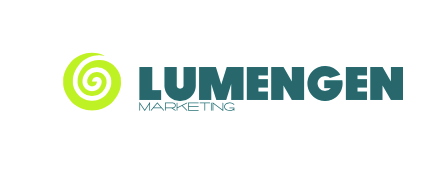How Google Ranks Webpages in 2019
Overall Site Quality
Here’s how Google ranks websites/webpages in its results pages. (There are over 200 individual factors in the algorithm and growing.)
First, there is an overall “quality score” for the entire website. Things like 400 server errors, non HTTPS security, non mobile optimized pages, lack of sitemap submitted to Google, and many others will lower that quality score. It’s all about building trust with Google that you’re legit.
Because nothing hurts Google’s business more than ranking poor quality, spammed pages…which they did a lot of before about 2012. SEO spam was easier then, now not so much.
Factors are always changing as technology moves forward, for example HTTPS wasn’t even a ranking factor 2 years ago, and most websites didn’t use it. Now it is a factor, and any site that wants good rankings has moved over to HTTPS in order to live in the good graces of the Google Gods.
HTTPS is simply a more secure server protocol than HTTP. Non secure sites can be more easily hacked (or spammed), spam can create viruses, phishing schemes, etc. Especially if you’re doing any kind of commerce or payment processing, you have to have HTTPS.
Before about six months ago, Google used it’s desktop oriented search engine to index (catalogue) webpages first and then as an after thought indexed the mobile optimized pages. Now, it’s about mobile pages first.
Why? Because smart phone searches now outpace desktop searches!
Basically, if your overall quality score is low, it’s harder to rank individual pages. It’s like having a pair concrete boots while trying to climb mount Google.
Ranking Individual Webpages
Next, we have the individual pages, Google wants the most relevant highest quality pages at the top. Therefore, it’s a fool’s errand to try to rank your businesses’ home page for the ‘money keywords’
Site structure needs to be like a pyramid, or more accurately like a
